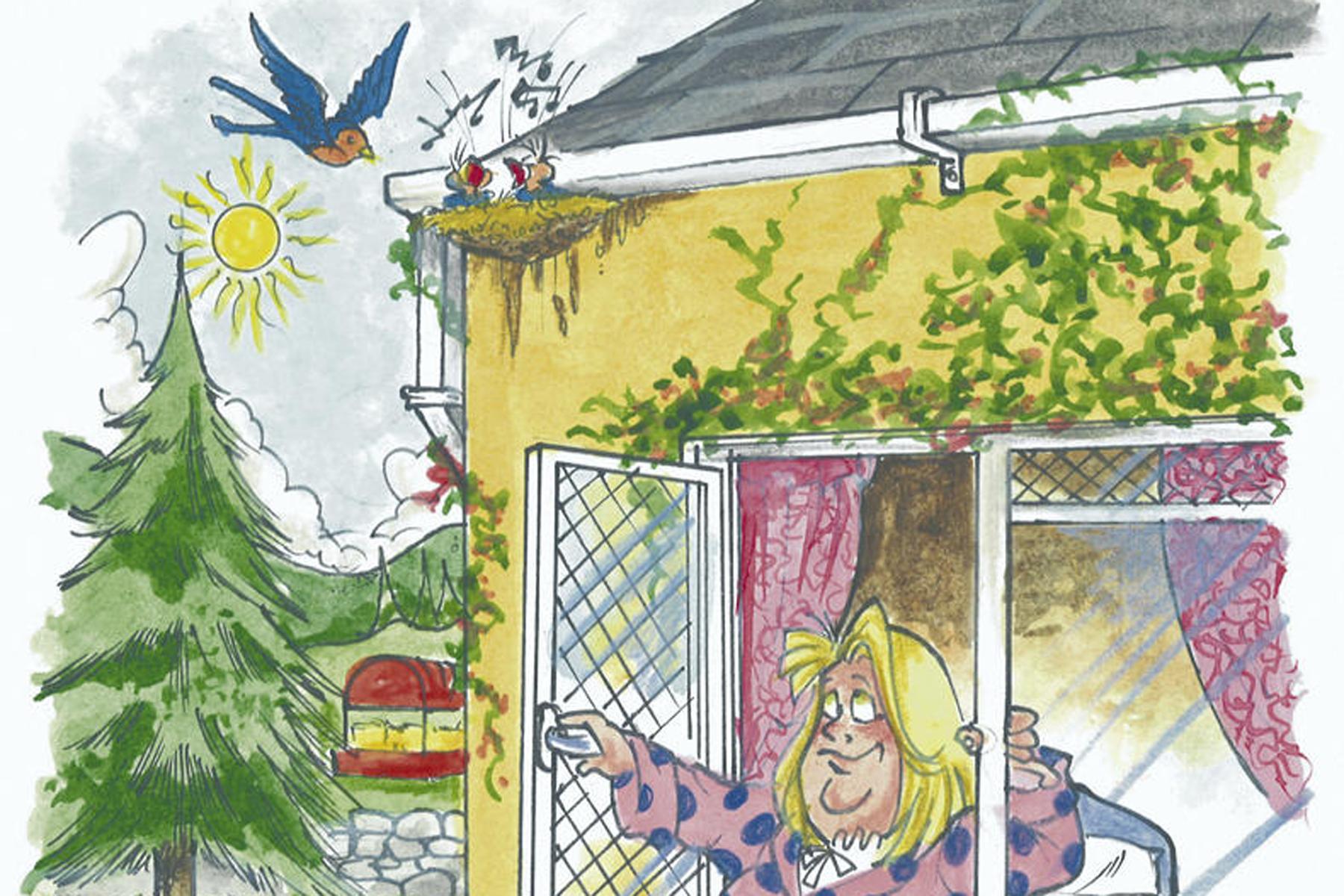I am awake early these mornings. The bulls have but a week of breeding left and the cows that are not in-calf will be sold. The policy is clear. The focus continues to be on that 10-week calving pattern and getting as many cows as possible calved in the first six weeks. To achieve it, there can be no complacency. So, the two vasectomised bulls were taken out after six weeks of breeding and they are not happy. They proved a great addition to the breeding process. Anything that gets another few cows in-calf is worthwhile. They are now housed on silage and meal and will be sold soon. They have been replaced by their fully-functioning cohorts, who are making considerable noise.
Bulls being bulls, they are looking for action and there may be some unnecessary scuffing of the tail paint as a result, making it difficult to assess if a cow is repeating or not. Time will tell.
We notice the bulls have got really noisy; hence my wakefulness early in the morning. The bulls in the shed join in and they get a right old chanting chorus going. As our farm is on the side of the hill, the roars echo across the valley. The bulls hear the echoes and are spurred on by their own noise.
They seem to be particularly aggressive this year. Colm has us all warned to be ultra-careful. He attended a discussion group meeting last week and there had been a chat about how cross the heat was making bulls in general. It seems to be a phenomenon on farms this year.
Diarmuid is cautioned to stay well away from them. Be warned and be careful.
MORNING REVERIE
As I lay in bed listening to the bulls, I started to focus on other noises. The birds were up and about their business. I realised that there were three nests at various heights in the ivy on the wall next to our bedroom.
I couldn’t see the nests, but I could hear the chicks calling out to the adults. The blue tits are there every year. A pair of robins were also tending a nest as were a pair of black birds.
All these birds can have relatively short lifespans of a few years, but sometimes they can get into double figures.
It’s a lovely feeling having birds nesting under our noses. They were only about six feet away from me. We like to think they are our trusty friends from last year, when in actual fact they could be a new pair.
The other day, I came across a song thrush with four chicks in her nest in the pyracantha by the front door, and I can hear loads of others chicks chattering at feeding time around the garden. The swallows are also back in the garage.
DRIZZLE FALLS
I love to turn off the alarm before it actually rings. As I got up, a soft drizzle was falling. Having just cut the silage, it was perfect timing. You would imagine that it should fall silently, but no, there was considerable noise. It was the noise of the soil opening up to absorb the welcome moisture. It was a pulsing, humming sound. Plants were responding too. All leaves were stretched to the limit, pointing skyward to capture the water. The bigger leaves of hostas are perfectly formed to capture water and then hold it at the bases, like a collection of glasses toasting the arrival of the mist.
The newly-planted large daisies were finally bringing their drooping leaves up below my bedroom window. They are called Leucanthemum, ‘White Mountain’, the ones with the sturdy stems.
I pay particular attention to that flower bed, so that it will cheer me up each morning. The large yellow and white daisies seemed to be smiling up at me. For the last week, I’ve been watering them in the evening to encourage them to reach their roots into the soil. Their response to my efforts was minimal. Yet when I looked out this morning, they seemed to be screaming “this is what we’ve been waiting for”. The yellow was brighter, the white petals white and pristine and the leaves up for the first time since planting.
It wasn’t the best time of year to be planting, but I’d been waiting to come across this particular variety for a while. It’s a challenge to provide continual blossoms in a flowerbed throughout the year, but I manage it in this bed.
Coming downstairs, I checked the back of the house. Nature continues to interest me. But we must observe to enjoy it.
A sparrow was up at the tip of a cone-shaped conifer. Its wings were spread to collect the moisture as it washed itself furiously. The perfect shower. Then a black bird started the same procedure atop another tree. We built this house in 1995 and I remember reading that one should put in a few pencil, cone-shaped evergreen trees to punctuate the garden and define the landscape. I put in three Lawson Cypress called ‘Chamaecyparis Lawsoniana Columnaris’ at the time. Now they are 15 feet tall and do give the structure that was described back then. That’s the beauty of gardening, every year it changes and often time as a result of decisions made years earlier.
The moisture was certainly gently falling this morning and yet it doesn’t really count, because nothing registered in the rain gauge. Still, I know it had an impact on the grass and garden. Mrs Sparrow and Mrs Blackbird had enough water for a shower after all. CL






 This is a subscriber-only article
This is a subscriber-only article









SHARING OPTIONS: